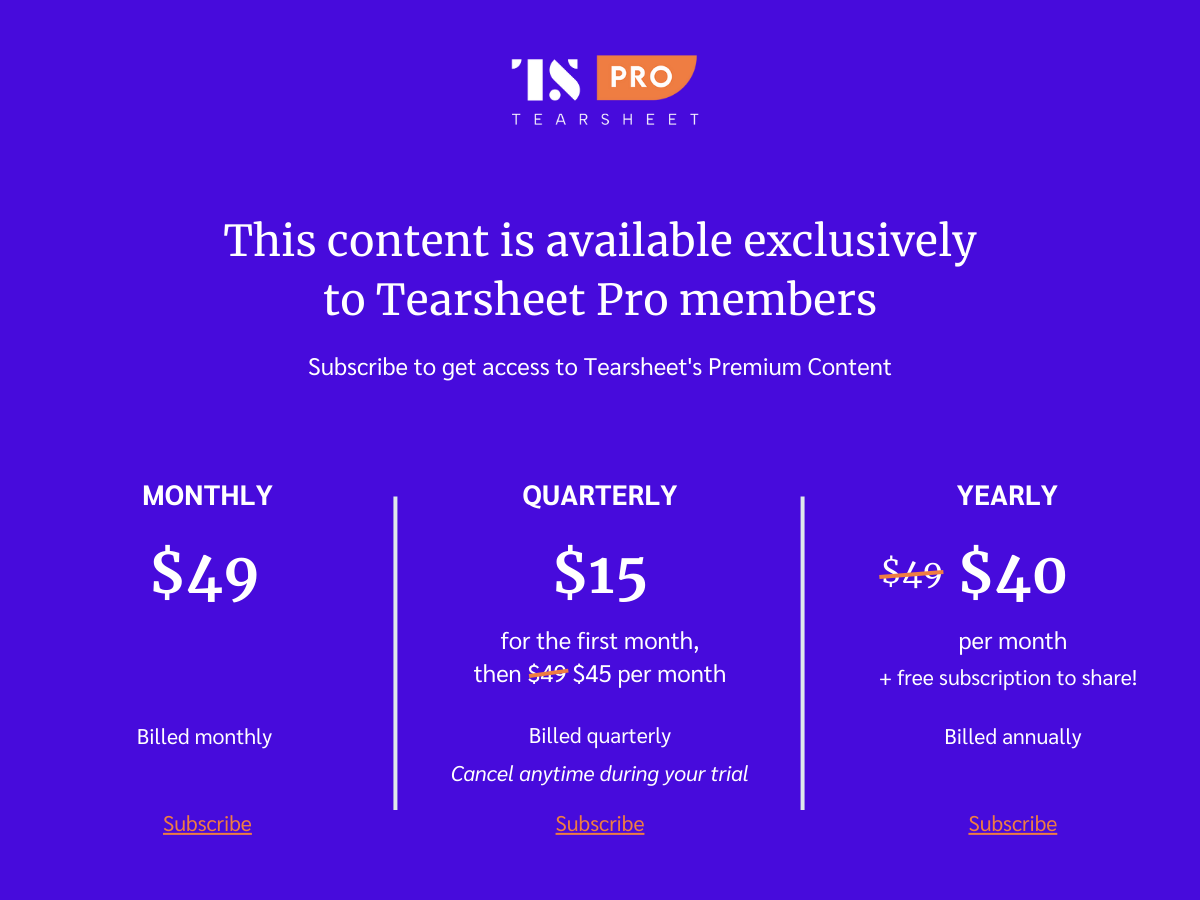Postmortem: Did Credit Karma kill Mint or was PFM already on life support?
- Credit Karma is set to absorb Mint. Are Mint’s final hours harbingers of doom for the personal financial management space?
- Dive into our analysis of Mint's final hours to learn more about out whether PFM products are living their final days as useful B2C products.

Intuit has decided to sunset its personal financial management tool Mint, stating that it will “reimagine” the tool as part of Intuit Credit Karma. Are Mint’s final hours harbingers of doom for the personal financial management space?
Mint and Credit Karma faceoff
Intuit bought Mint in 2009 for $170 million. At the time, the app had 1.5 million users who were collectively keeping tabs on $50 billion in assets and $200 billion in transactions . So far so good, you know, for 2009. But Intuit’s favorite child was yet to enter the scene.
In 2020, Intuit bought Credit Karma for $7.1 billion, at a time when its app had 37 million monthly active users. Now Intuit owned two companies that relied on advertiser expenditure through product referrals.
Fast forward to today, Credit Karma has about 130 million users, and while Mint’s numbers aren’t very clear, it did claim to have 3.6 million monthly active users in 2021. So despite all the interesting ways in which companies manipulate the definition of “user” to buff up their numbers, Mint was a dwarf to Credit Karma’s giant.
“It’s difficult to understand the full strategy behind the decision without being a fly on the wall in those discussions, but I can say that you don’t spend $7.1 Billion on a business, as it did with Credit Karma, and not give it your full attention,” said fintech product consultant and fintech builder, Jas Shah.
According to Shah, Mint’s hours were numbered when Intuit launched its Net Worth offering in February this year.
“It was clear they were going to port Mint customers into Credit Karma and not vice versa. This could have been a decision based on the purchase cost or minimizing customer disruption,” he added.
But there are hints that this decision had been marinating for a while. For example, in its Q4 2022 earnings, Intuit wrote that it will be reporting Mint and Credit Karma together, and Mint would be effectively subsumed by Credit Karma: “Going forward, we are bringing Mint and Credit Karma together under a unified personal finance strategy. Starting in fiscal Q1, we will be reporting Mint as part of the Credit Karma segment,” read the earnings script.
Meanwhile Mint has not had a major product update or announcement in years, but Intuit did use the PFM’s team and expertise to build out Credit Karma’s new Net Worth offering.
Mint’s users can migrate to Credit Karma, but it is unclear if the app’s most loved features like the budgeting tools will be migrating.
While Intuit claims that it will continue to evolve Credit Karma, it seems to be in no hurry to offer the budgeting tools that were central to Mint. The reasons behind this may be a sign that personal finance management is dying.







